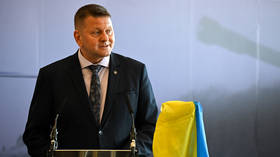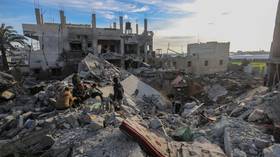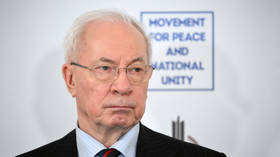Russian 'ABM killer' intercontinental missile to enter service in 2016
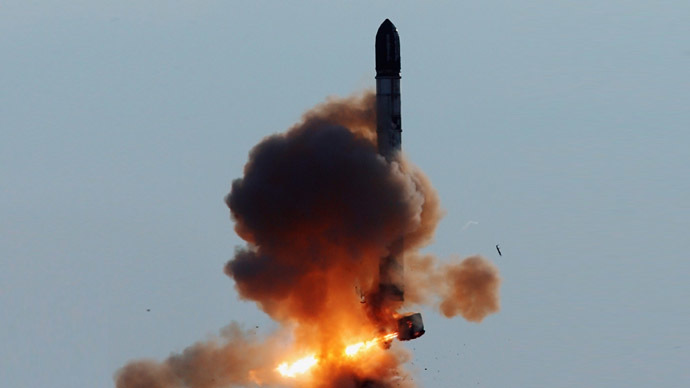
Russia’s newest RS-26 missile system, dubbed the ‘anti-missile defense killer’, will join the ranks of the country’s defenses in less than two years, Russia’s Strategic Missile Force commander said.
“We are continuing the test program for RS-26 and plan to finish it next year, with the missile to be put on combat duty in 2016,” Lt. Gen. Sergey Karakayev is cited as saying by RIA Novosti.
Currently, there is hardly any information available about the new missile system because it was developed in secrecy.
Reportedly, the RS-26 is a solid-fuel missile with an advanced splitting warhead, which is launched from a mobile platform.
It was designed at the Moscow Institute of Thermal Technology, apparently under the codenames Rubezh (Frontier), or Avangard (Vanguard).
Previously, the Russian deputy prime minister in charge of defense, Dmitry Rogozin, referred to the RS-26 as “the ABM killer.”
“Neither modern nor prospective American missile defenses will be able to prevent this missile from being able to hit the bull's eye,” Rogozin explained.

According to RIA Novosti, the new missile has been test-fired previously on at least four occasions, with three tests registered as successful.
However, there was no official information on any new RS-26 tests carried out after 2013.
Karakayev also said development of the new silo-based heavy ballistic Sarmat missiles will be completed by 2020.
“This heavy rocket will be deployed in Uzhur [in the Krasnoyarsk Region] and Dombarovsky [in the Orenburg Region],” the Strategic Missile Force commander said.
Sarmat is said to weigh around 100 tons and has an operational range of some 5,500 kilometers.
It’s seen as a replacement for the Russian military’s current SS-18 Satan intercontinental ballistic missiles.
In mid-December, Karakayev also announced that Russia is building a new railway missile system called Barguzin.
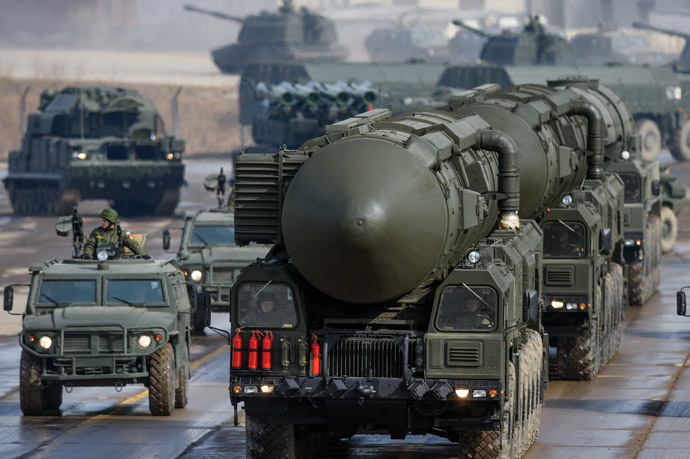
The draft project for “the missile train has been completed; design documentation is now being developed, with the industry already working hard on preparing a model for testing,” he said.
The Soviet army used to have a railway missile system, but it was outlawed by the 1991 START treaty.
However, Russian Deputy Defense Minister Anatoly Antonov stressed the 2010 New START treaty doesn’t forbid the construction of missile trains.
Barguzin, which is expected to stay in service till 2040, will far exceed its Soviet predecessor in terms of accuracy, range of missiles and other characteristics, Antonov said.
Russia’s Strategic Missile Force will return to three service groupings, which includes silo, mobile and rail-based missiles.


